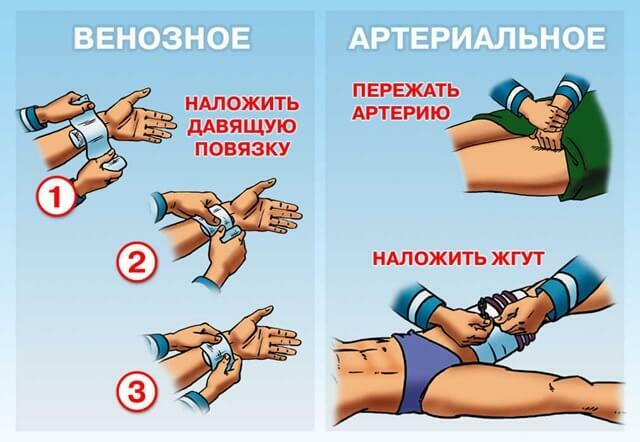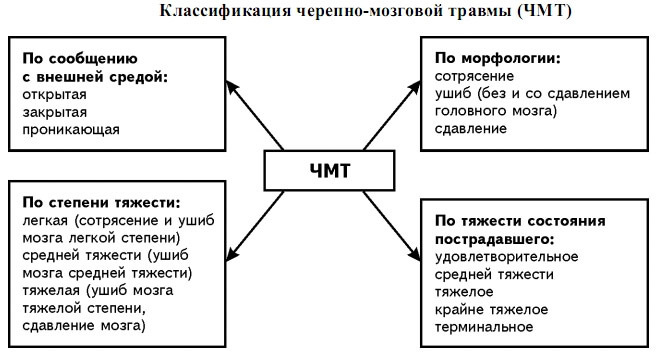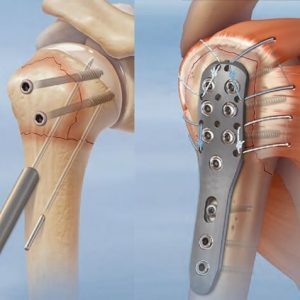Treatment of sternal muscle syndrome

About the staircase muscle syndrome began to speak since Nafziger announced the successful implementation of one of the stages of surgery in patients with brachialgia( 1934-1937 gg.).Since the disease is very painful, it is important to know when there may be unpleasant sensations in the staircase, treatment of the disease is also critically important.
Diagnosis of
Treatment of stair muscles begins after the doctor has established the diagnosis. The diagnosis is made on the basis of the symptoms that appeared during the examination. Some movements of the neck and hand can cause painful pain, and sometimes loss of pulse. The examination involves conducting an electromyogram. Also, some patients undergo an angiogram - examination of blood vessels and a compressed area.
Treatment of
The treatment of staircase muscle syndrome can be performed both by taking pain medications and by performing special exercises. Most often, doctors prescribe a treatment that involves a series of exercises, in which the tissues of the stair muscles can be effectively stretched. The patient either learns these exercises alone or attends a sports hall at a hospital, where exercise therapy is most often performed on the simulators.
In any case, all exercises involve jerking the shoulders, which allows you to relax the muscles located around the staircase. But with the use of a rehabilitation simulator, this can be done much more efficiently. The simulators allow:
- to exert a point influence on the painful areas;
- rid the neck muscles of increased tension.
In the treatment of stair muscle syndrome, anesthetics can only be relieved for some time from pain. A systematic implementation of a set of special therapeutic exercises, especially with the use of simulators, helps to eliminate the cause of the disease and ensures complete recovery of the patient.
A person who suffers from this syndrome should avoid poses with arms outstretched behind the head. For example, it is best not to sleep with your arms outstretched behind your head. Also, during work, you should make small breaks. This will reduce fatigue. If the patient suffers from excessive weight, then it is necessary to start to discard it. Another patient should not sleep, lying on his stomach with his hands over his head and you can not regularly lift heavy objects.
Patient with persistent and severe symptoms very often requires surgical intervention, which allows to "open" the stair muscle. This procedure involves removing the first rib in order to release the damaged nerve and blood vessels from subsequent possible contractions.



